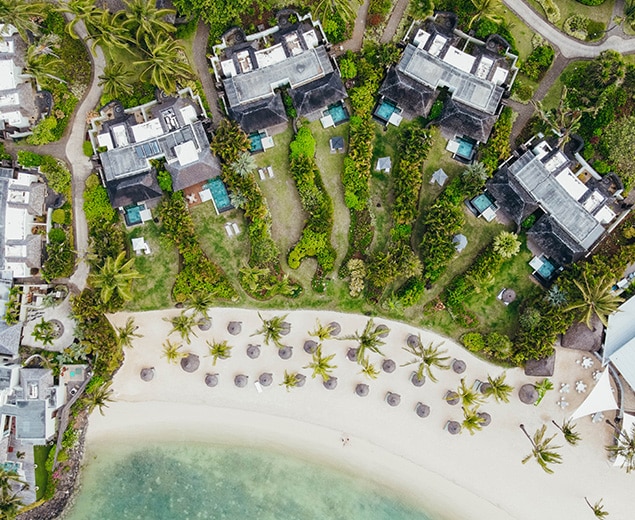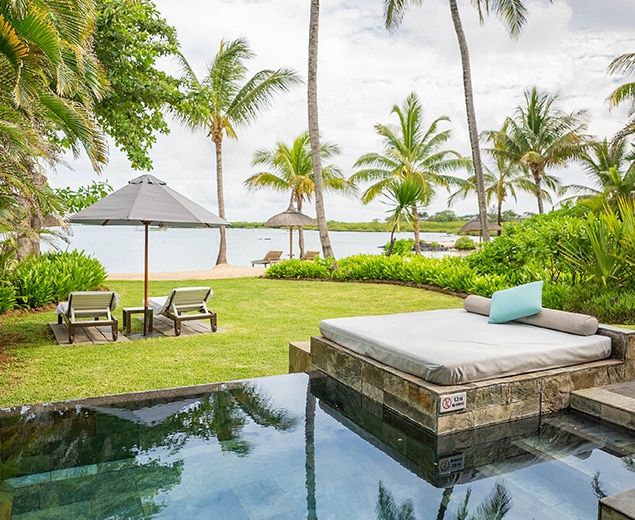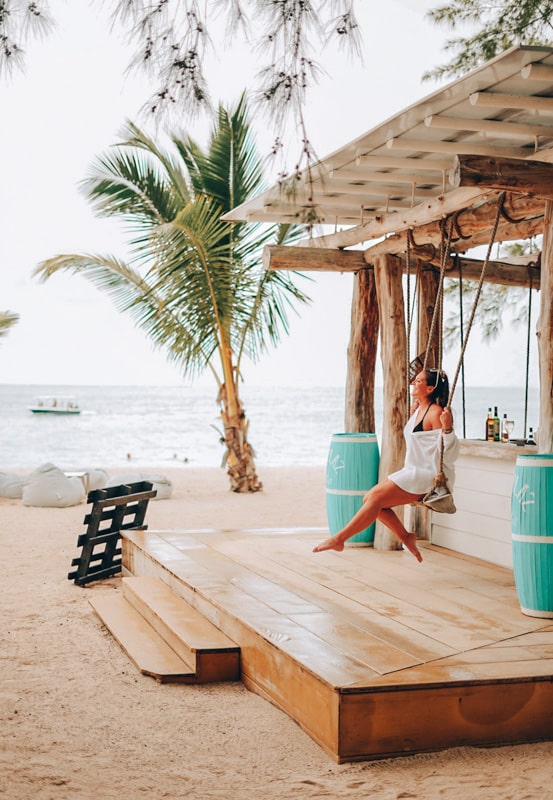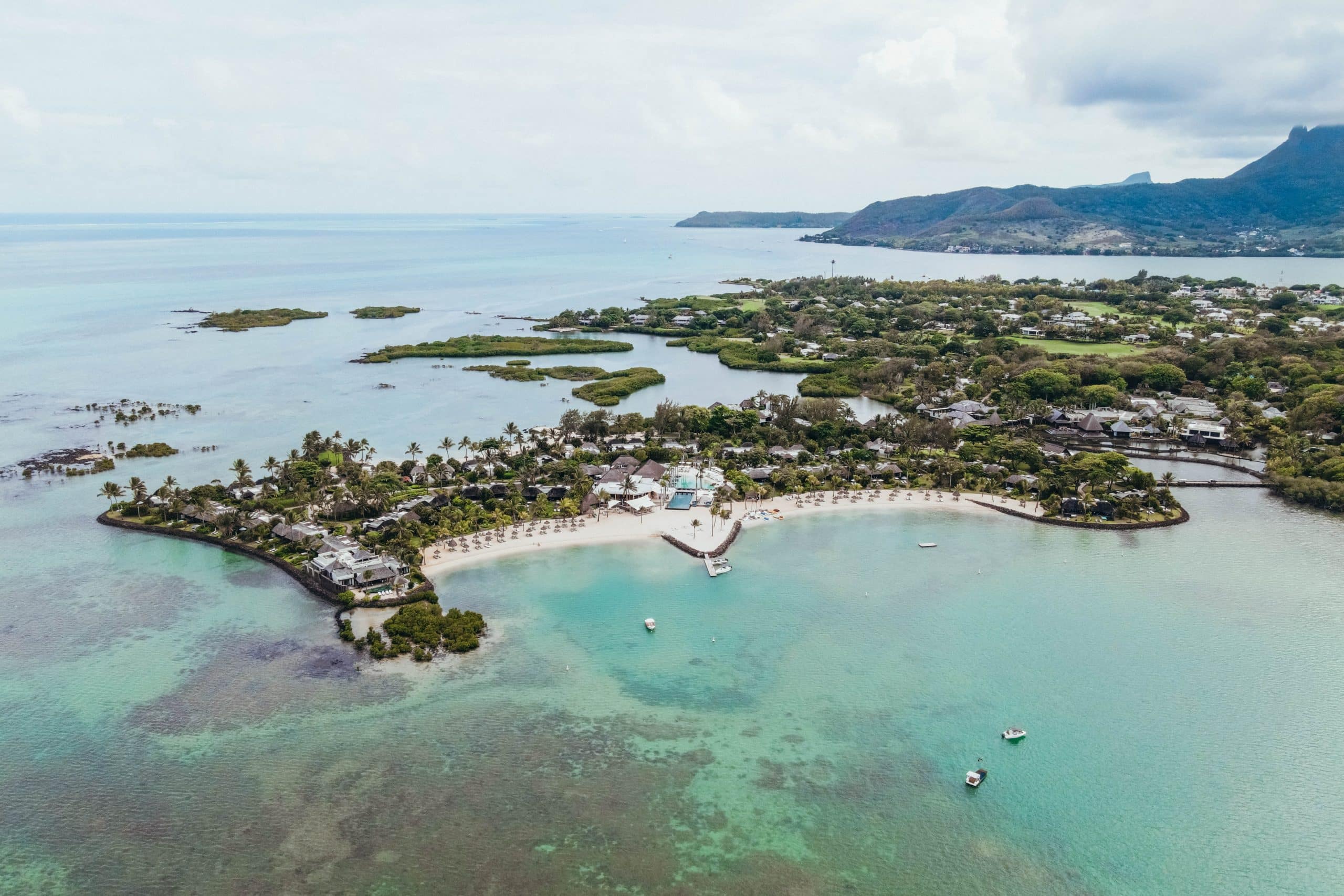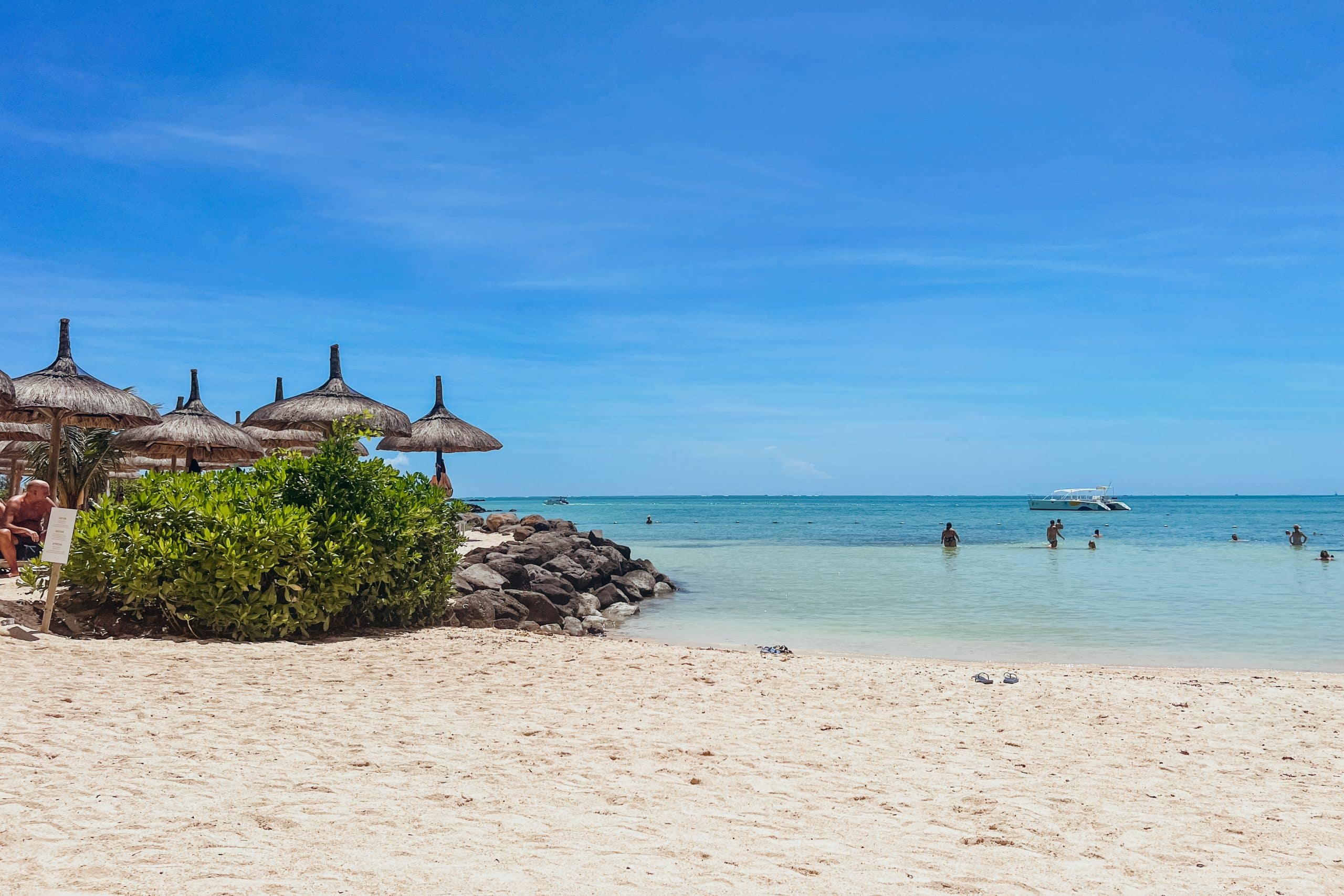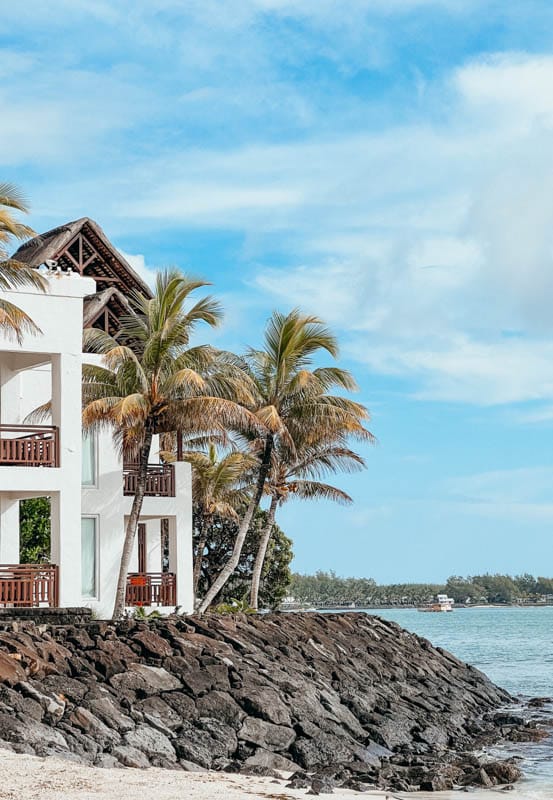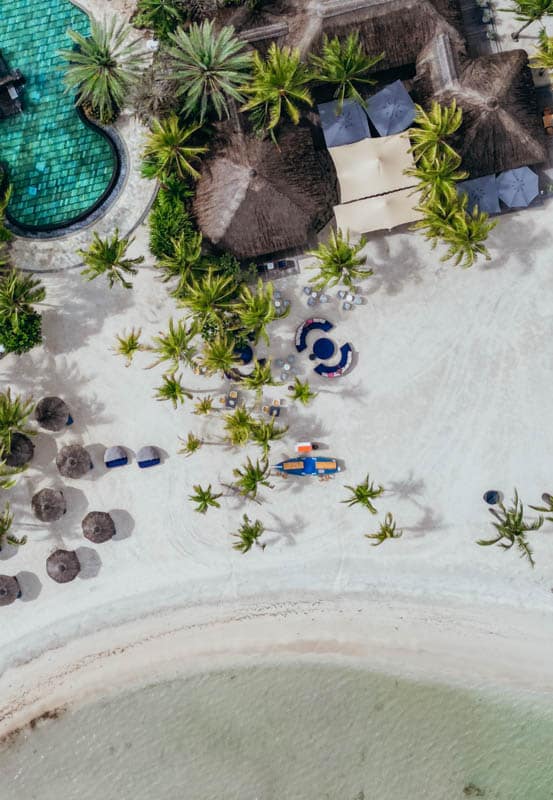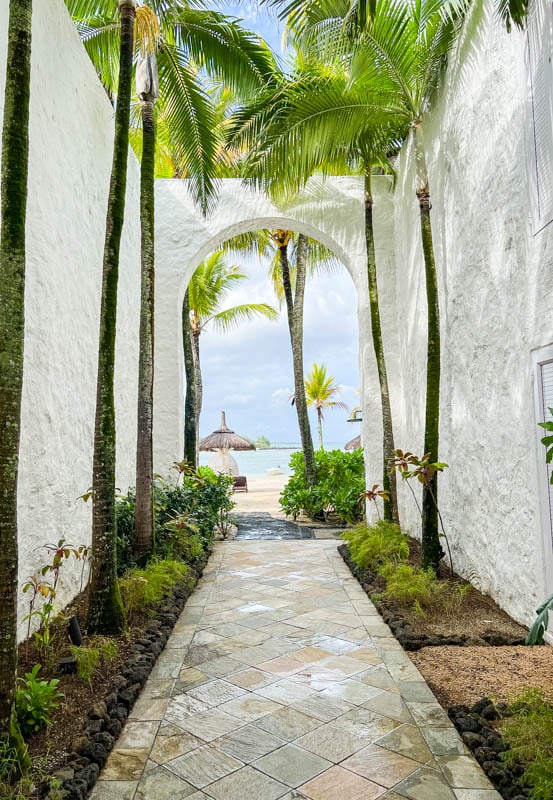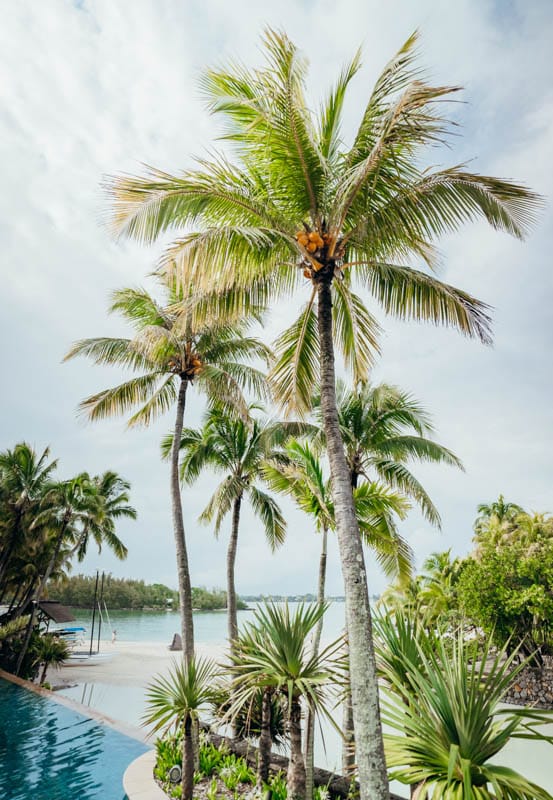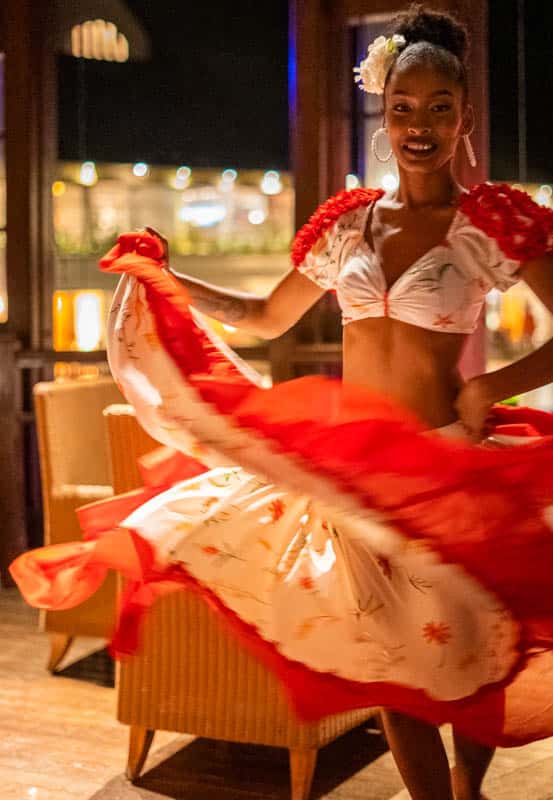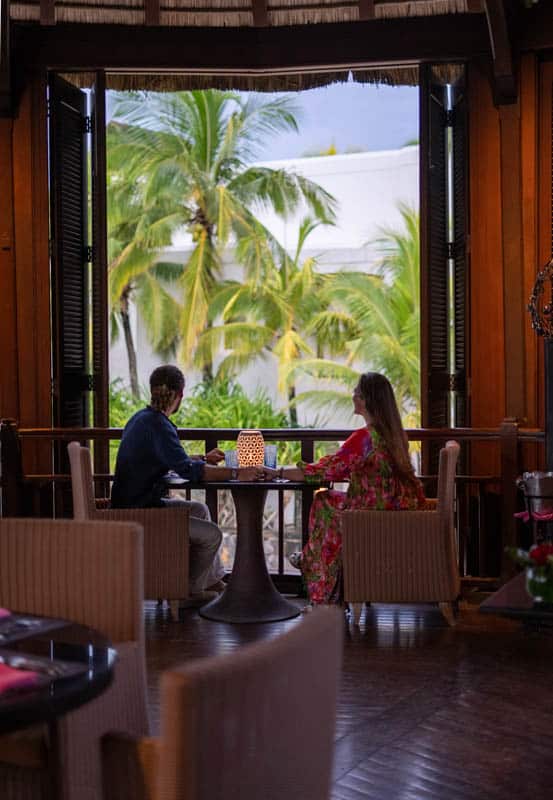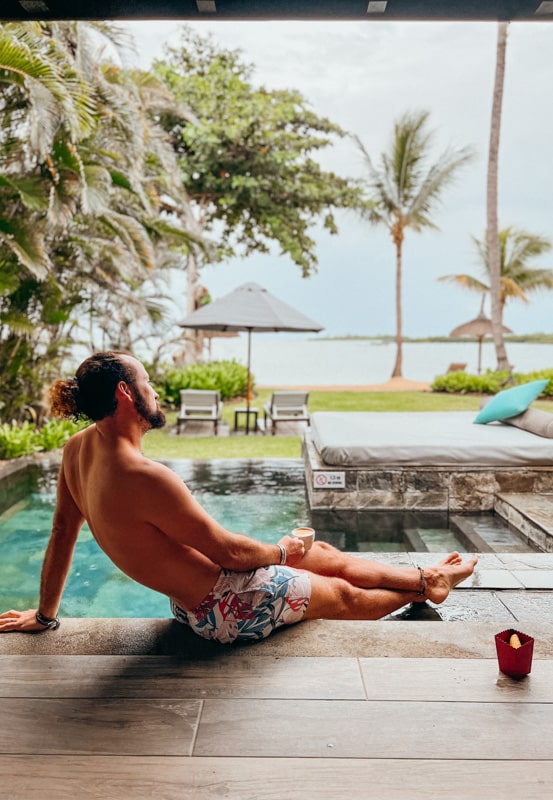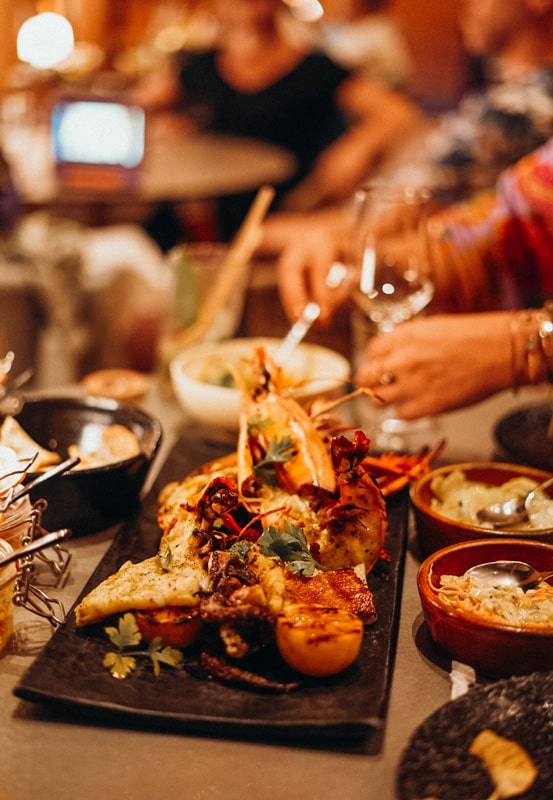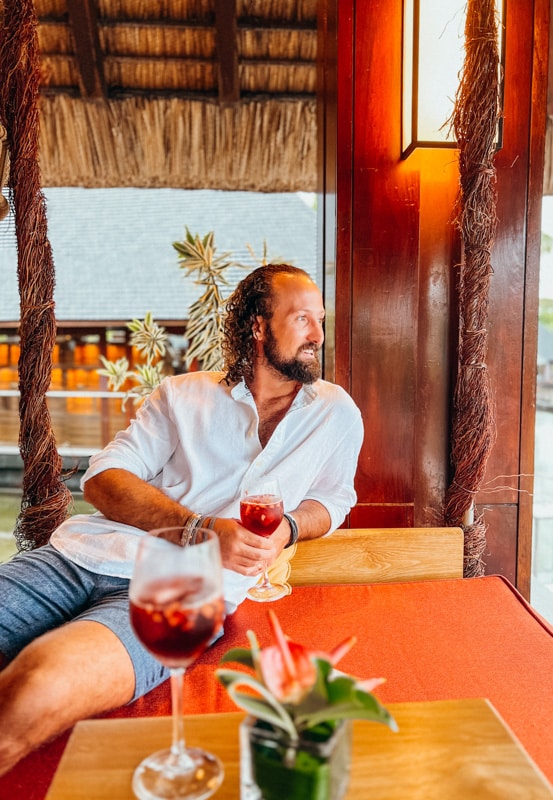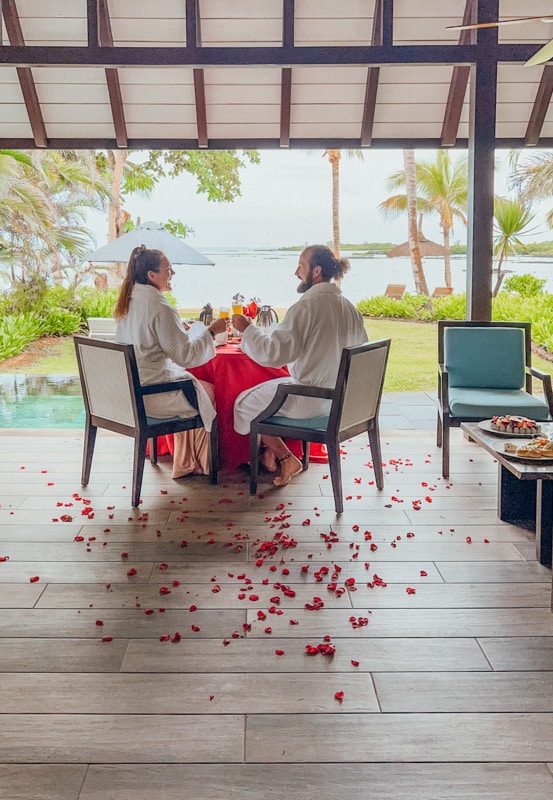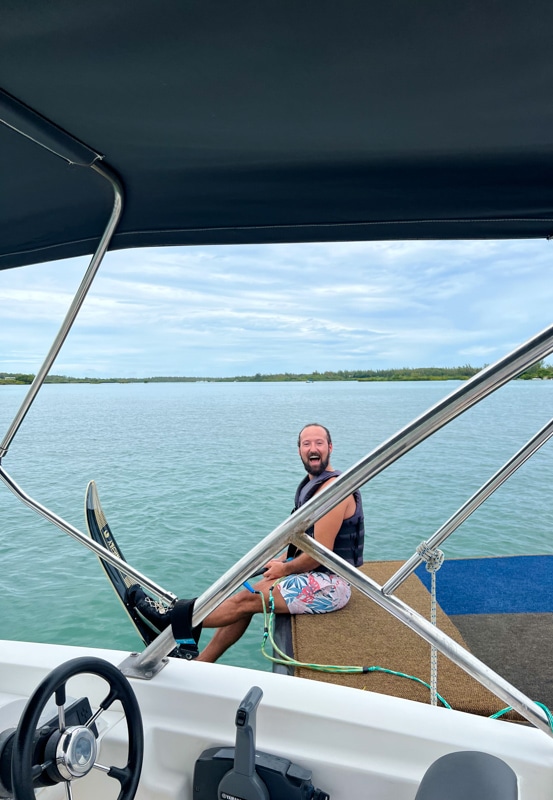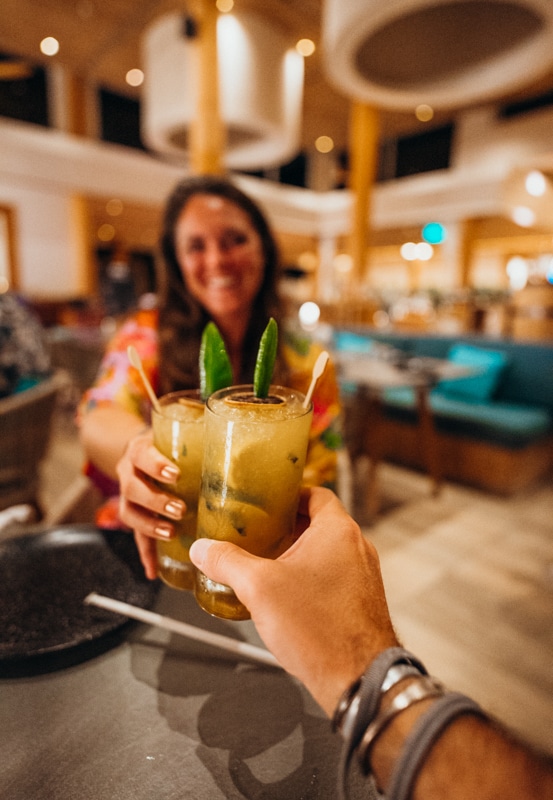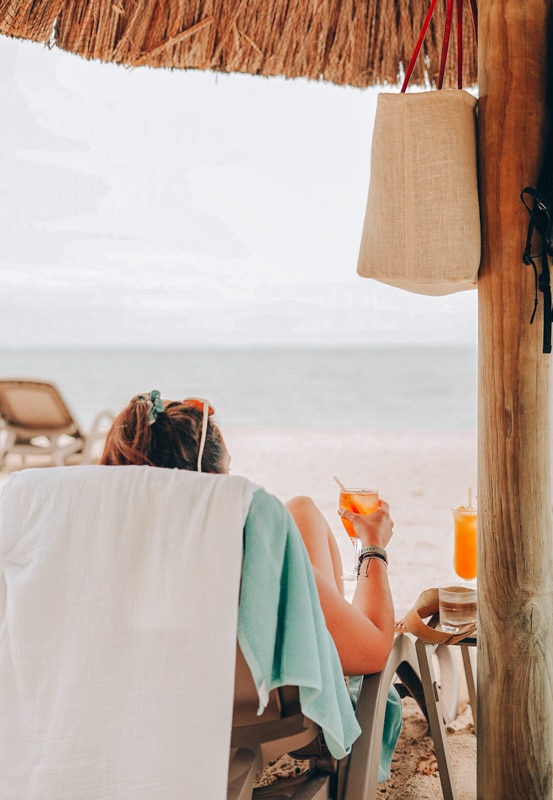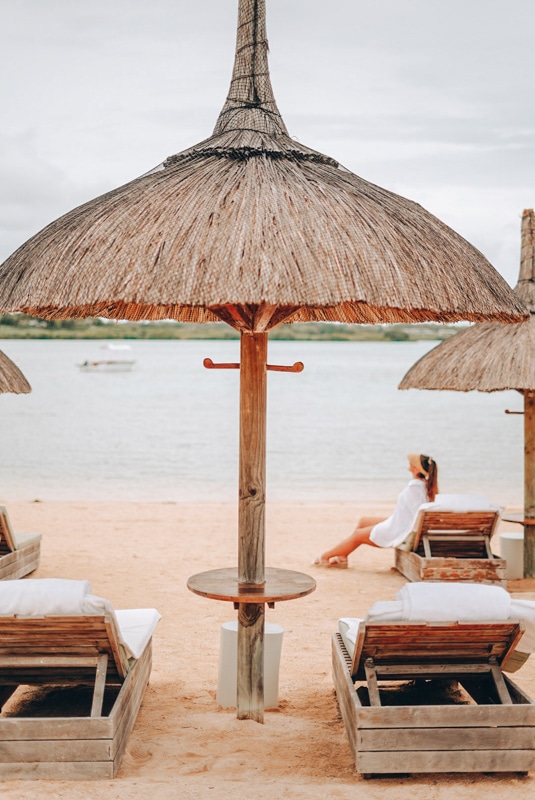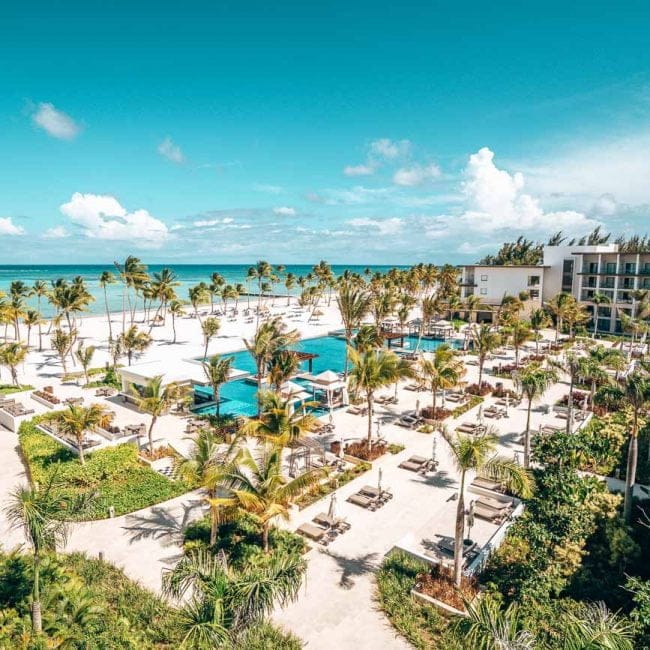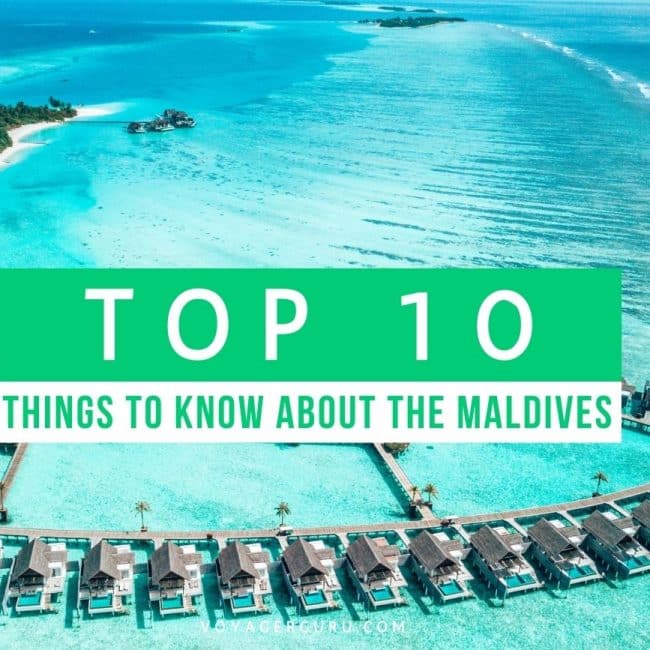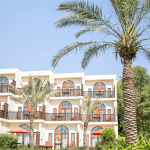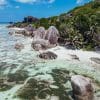Mauritius
Mauritius is a small island nation located in the Indian Ocean, east of Madagascar. Despite its small size, it is a place of great beauty, rich culture, and fascinating history. Mauritius is a popular tourist destination because of its stunning beaches, coral reefs, and tropical climate. However, there is much more to Mauritius than its natural beauty.
Things to See and Do in Mauritius

Articles to read
Hotel Review: Shangri-La Le Touessrok
Shangri-La Le Touessrok is a stunning luxury resort with an immense history in Mauritius. As one of the first properties on the island, the location, architecture and even long-time employees give Shangri-La an unmistakable edge.
Typical costs
The cost of travel in Mauritius can vary depending on a range of factors, including the type of accommodation, activities, and dining options chosen, as well as the time of year and length of stay. However, here are some typical costs to give you an idea of what to expect:
Accommodation: The cost of accommodation in Mauritius can vary widely depending on the type of property and location. Budget guesthouses can start at around USD 20-30 per night, while mid-range hotels and resorts typically cost between USD 70-150 per night. Luxury resorts can cost USD 500 or more per night.
Food and Drink: Local street food and casual restaurants can be found for around USD 5-10 per meal, while mid-range restaurants typically cost between USD 15-30 per meal. Fine-dining restaurants can cost USD 50 or more per person. Alcoholic drinks can also add to the cost, with beer and wine starting at around USD 15-30 per drink.
Transportation: Public transportation is relatively inexpensive, with bus fares starting at around USD 0.50-1 per trip. Taxis and rental cars can be more expensive, with taxi fares starting at around USD 20 for a short trip and car rentals starting at around USD 40-50 per day.
Activities: The cost of activities in Mauritius can vary widely, depending on the type of activity and location. Popular activities such as snorkeling, scuba diving, and hiking can cost between USD 20-100 per person, while luxury activities such as private yacht charters and helicopter tours can cost USD 500 or more per person.
Overall, the cost of travel in Mauritius can range from budget-friendly to quite expensive, depending on the traveler’s preferences and budget. However, visitors can still find affordable options for accommodation, dining, and activities while enjoying the natural beauty and cultural experiences that Mauritius has to offer.
Suggested daily budget – If you’re looking to stay in a 4 star hotel, we recommend budget at least $250 USD per night for lodging and $600+ for a 5 star hotel. Food costs, if you are staying conservative, will be around $150 per day. Taxis are about $25-50 USD per ride.
When to Travel
Mauritius Seasons
The best time to travel to Mauritius is from May to December, which is the cooler and drier season. During this time, temperatures are generally pleasant, with average highs in the mid-20s Celsius (mid-70s Fahrenheit), and there is less humidity and rainfall compared to the summer months. The peak tourist season in Mauritius is from October to April, which is the hotter and more humid season. While the temperatures can be higher, with average highs in the mid-30s Celsius (mid-90s Fahrenheit), this is also the time when the island experiences more rainfall and tropical cyclones, particularly from January to March. Visitors traveling to Mauritius for outdoor activities, such as hiking and water sports, may prefer to visit during the cooler and drier season, while those looking for beach vacations and outdoor relaxation may prefer to visit during the warmer and more humid season. It's worth noting that prices for flights and accommodation may be higher during the peak season, so visitors looking to save money may want to consider traveling during the shoulder seasons of May to September, which offer lower prices and fewer crowds.
Travel Tips
Luxury Hotel Reviews
Check out some of our recent hotel reviews.
How to plan your trip
First establish your travel time frame: quick trip to Mauritius? a week on the island? From there, break down where you want to stay and the activities you want to take part in.
Consider the following:
- Look at trivago.com to scan for the best rates at luxury hotels (we often find the best benefits when booking direct)
- If you have AmEx Platinum, be sure to check their Fine Hotels & Resorts options: you can often gain great inclusions like free breakfast, upgrades and hotel credit for the same rates as booking elsewhere
- When reviewing your activities, be sure to check their website for mobile passes – this can save you hours of time
Gallery of Mauritius
Related Articles
-
10 Things That Will RUIN Your All-inclusive Vacation
With the ever-changing guidelines and rules around COVID-19, it can be incredibly confusing and expensive to take a trip right now. Max and I buried ourselves in CDC documentation
-
10 Things to Know About the Maldives Before You Book (2023 Edition)
We’ve compiled the top 10 things you need to know before you book your vacation to the Maldives. The first thing to know about the Maldives is where exactly it is located.
-
5 Things you need to know about transfers in the Maldives [2023]
Transfers in the Maldives can be one of the trickiest parts of your vacation planning, and if you’re not prepared for, a big shock when it comes to pricing. In this guide, we will share the most common ways to


